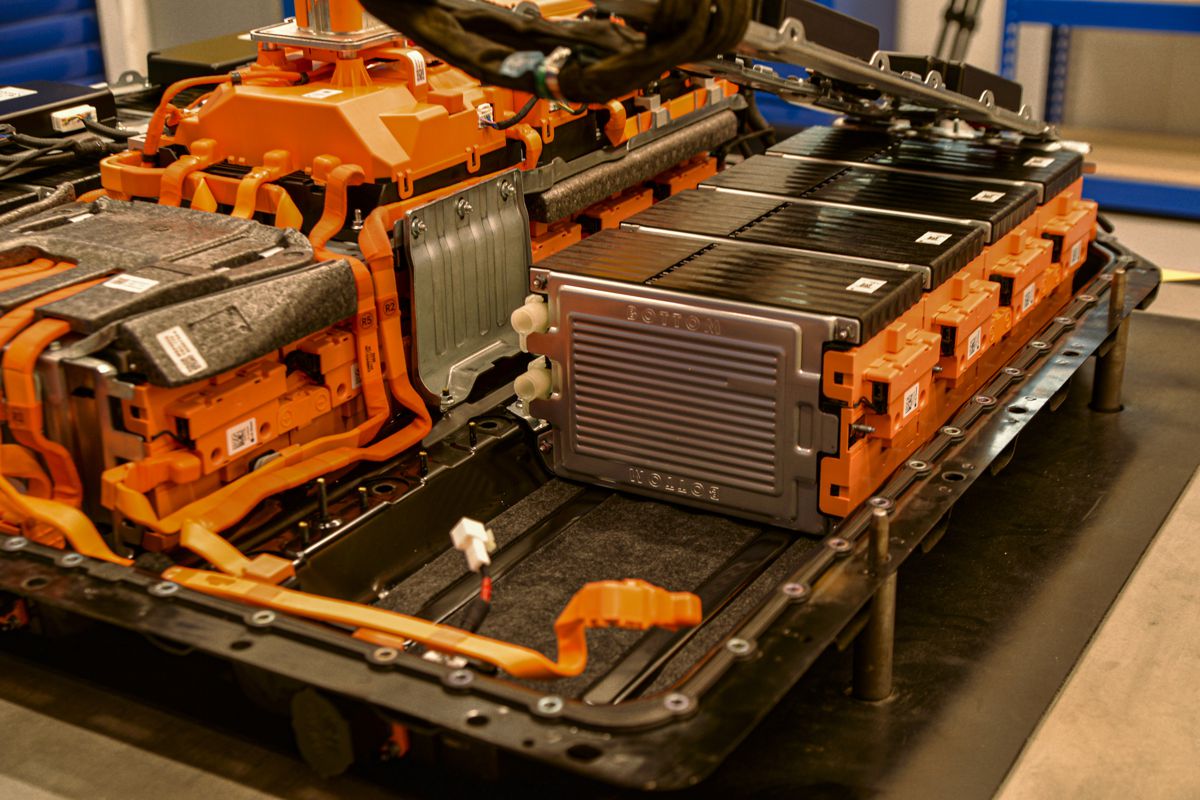Does EV Battery Legislation in EU go far enough?
The EU Parliament’s first ever Directive focused on electric vehicle (EV) batteries misses a major opportunity to extract the maximum environmental benefit of end-of-life units.
In the view of Autocraft EV Solutions, the vast majority of EV batteries which are currently considered end-of-life are far from being so. The company has further claimed that a sector bias towards recycling risks ignoring or neglecting other avenues that could prove more impactful towards sustainability goals.
The new Directive addresses technological advancements and future sector challenges, encompassing the entire battery lifecycle from creation to disposal. It mandates carbon footprint labels for electric vehicle, light transport, and industrial batteries, facilitates easy battery replacement, introduces digital battery passports, enforces diligence policies, and sets higher recycling and waste collection targets. Additionally, it establishes minimum levels of material recovery and recycled content for various battery types over specific timeframes.
However, while such legislation has been welcomed, the company claims that it is another example of the sector favouring recycling over more environmentally-friendly methods such as EV battery repair and remanufacturing – for which technology already exists and can be rapidly scaled.

Mike Hague-Morgan, Executive Director at Autocraft, commented: “It’s great to see the European Parliament taking the issue of end-of-life EV batteries seriously but once again, the narrative is largely around recycling as the preferred option. We believe recycling is being prioritised far too early in the EV battery lifecycle. Cells, modules, and packs are being sent for premature recycling, which usually involves incineration, before every last kilowatt-hour has been exhausted from them.
“Our data highlights the inefficiency of current recycling processes. If the environmental cost of producing EV batteries is high, recycling is only slightly better, using approximately 53% of the electricity, consuming 14% of the water and emitting 59% of the CO2 required to produce a new battery. These figures put the true impact of recycling into perspective. It’s not the ‘green’ option people perceive it to be.”
EU legislation dictates the minimum levels of recycled content from manufacturing and consumer waste for use in new batteries: eight years after the entry into force of the regulation – 16% for cobalt, 85% for lead, 6% for lithium and 6% for nickel; 13 years after the entry into force: 26% for cobalt, 85% for lead, 12% for lithium and 15% for nickel. However, while it does reference remanufacturing as an option and mandates that restoration of battery capacity must reach 90%, it describes remanufacturing as ‘an extreme case of re-use entailing the disassembly of the cells and modules of the battery and the replacement of a certain amount of these cells and modules.’

Hague-Morgan argues that remanufacturing is less extreme than the sector may believe – indeed, Autocraft EV Solutions has been supporting OEMs with remanufacturing to resolve warranty issues for years and has developed the necessary dynamic testing and repair technology that can be scaled up quickly and globally to meet local market demand. Autocraft already repairs and remanufactures thousands of battery packs per annum for its OE customers.
He concluded: “Remanufacturing offers the most sustainable solution to extract all possible value from EV battery packs. Recycling is a valid option, but only once all avenues to repair and extend the life of each battery pack cell or module has been exhausted. However, awareness levels remain low, and misconceptions continue to hamper progress. For instance, Autocraft is able to identify battery faults at a cellular level, meaning that an affected area can be targeted with virtually no risk of repeat failure, negating the need to replace an entire battery pack in a vehicle with a new one.
“Replacing a single battery module uses a tiny fraction of the electricity and water (3.2% and 2.8%, respectively) required to produce a virgin pack, while emitting a mere 2.9% of the amount of carbon and can be undertaken at regular intervals throughout the lifecycle.”
Autocraft has demonstrated through remanufacturing that premature decline can be recovered by reversing the effects of cyclical aging, which ensures that EV battery packs perform at the optimum level for where they are at within their lifecycle. The company stresses that only when all avenues to maximise battery life through repair, remanufacture and 2nd life usage have been exhausted, should recycling be considered.




















